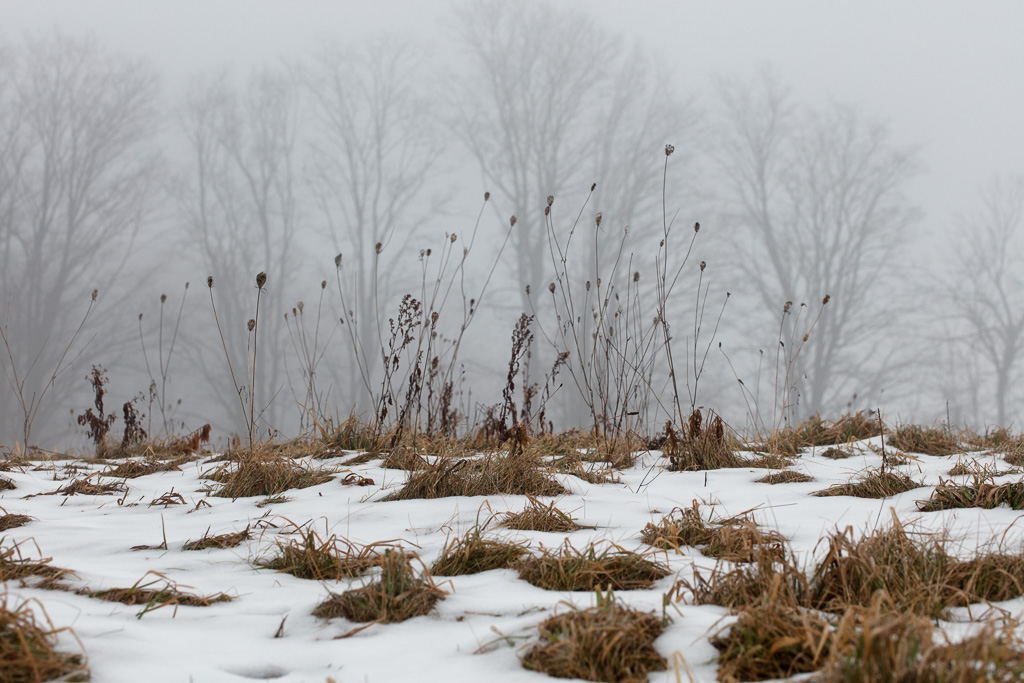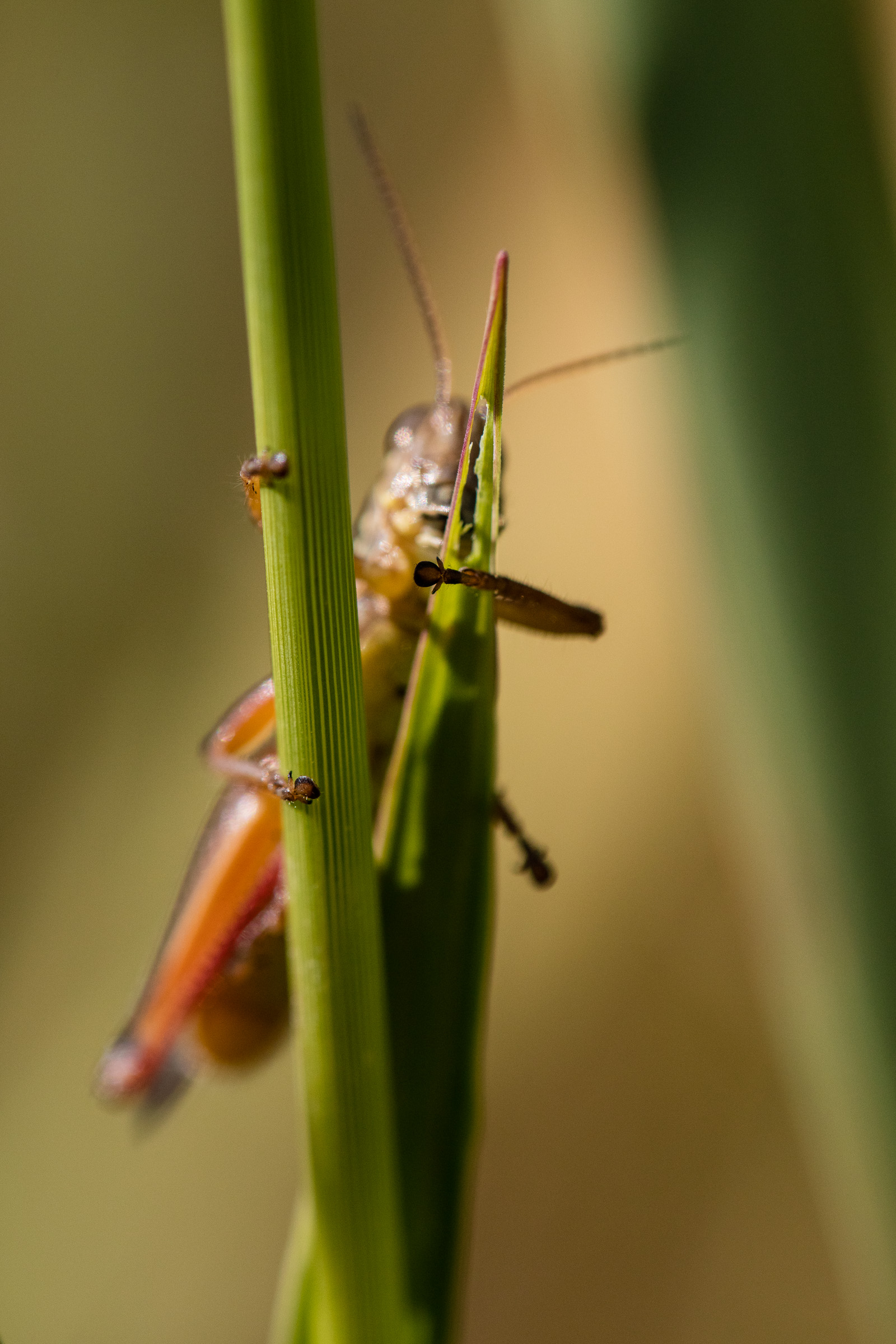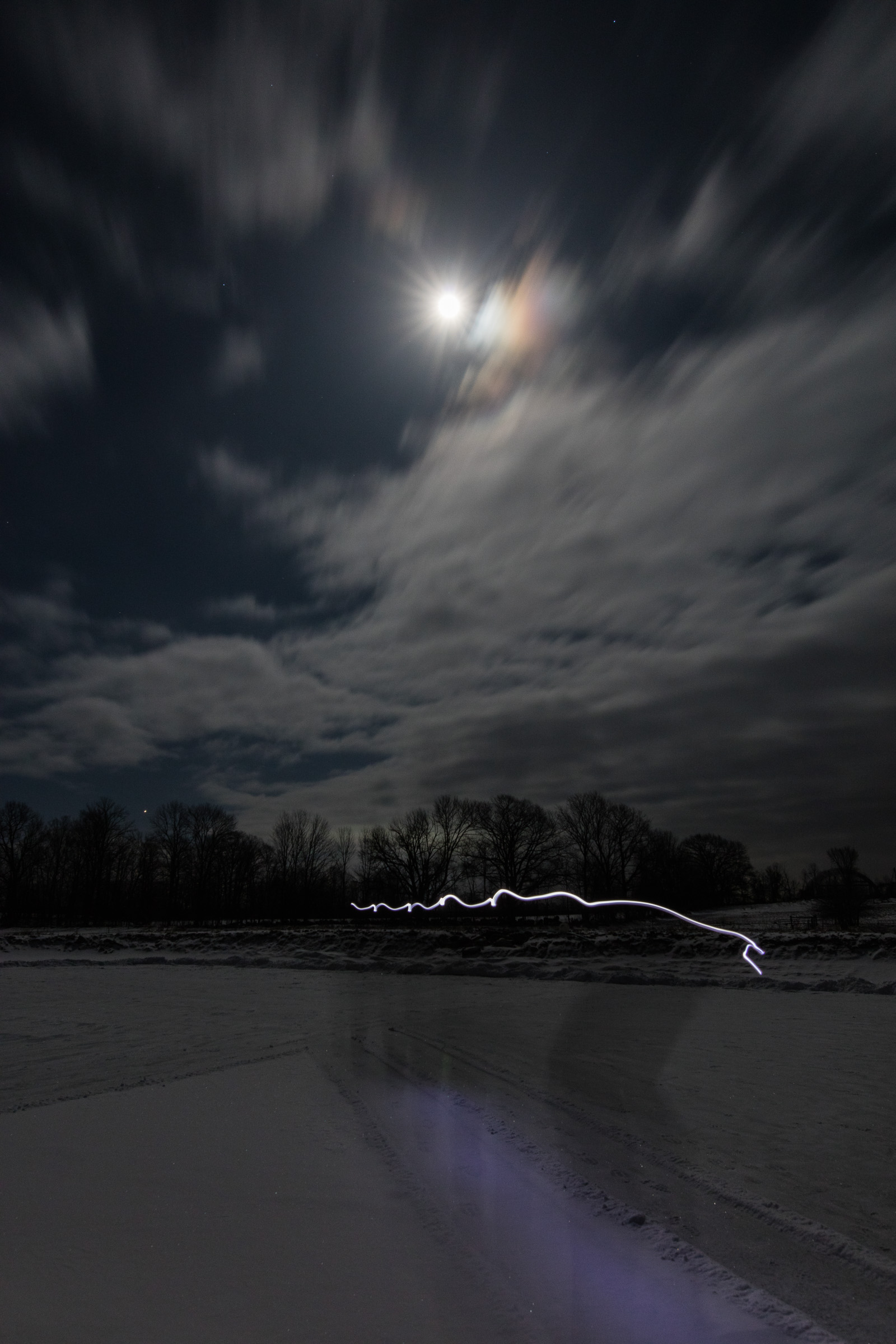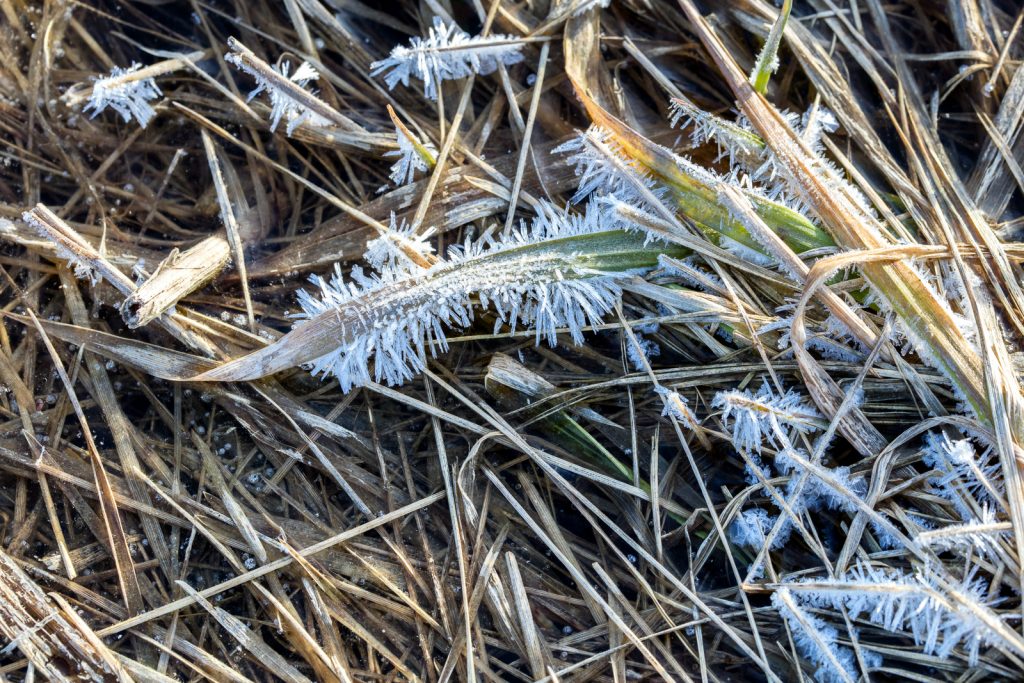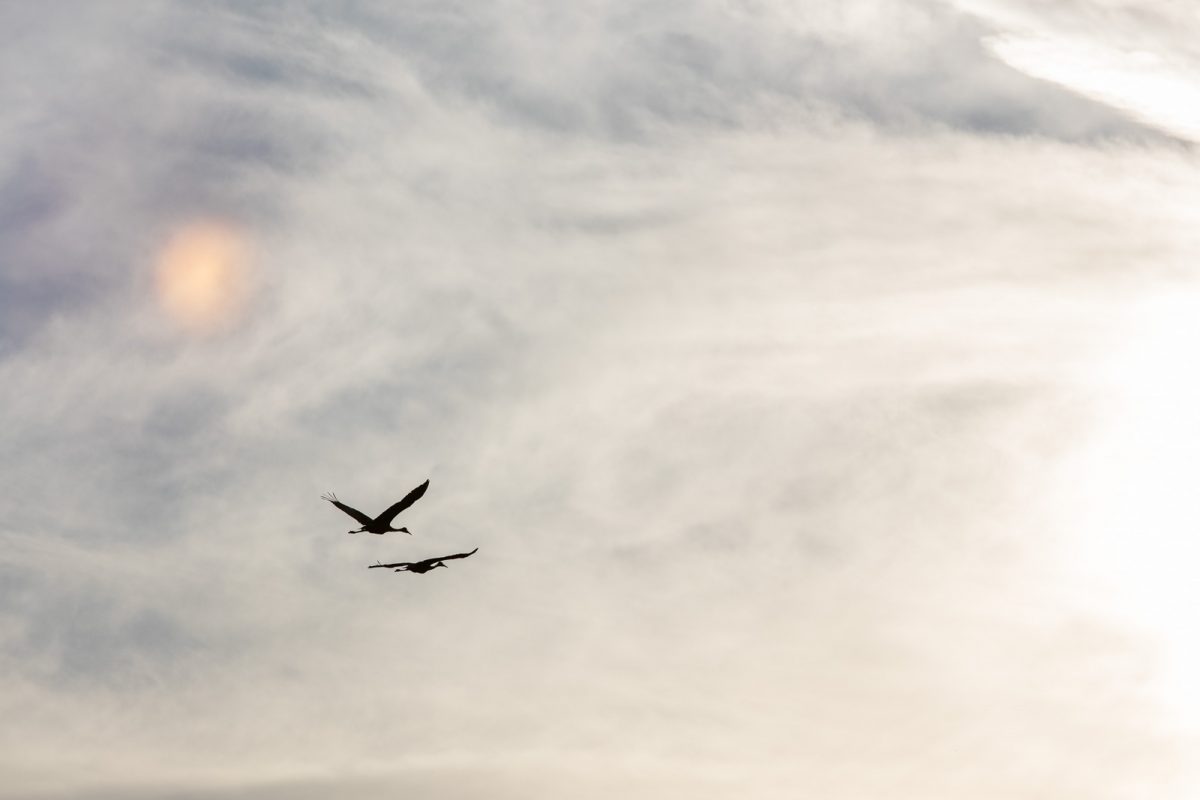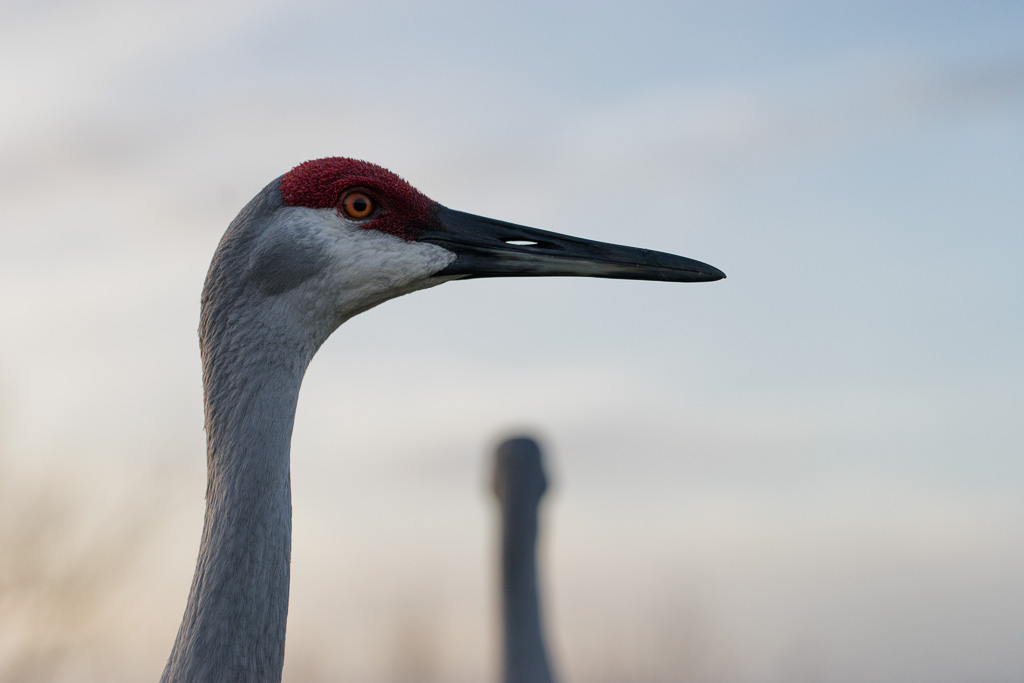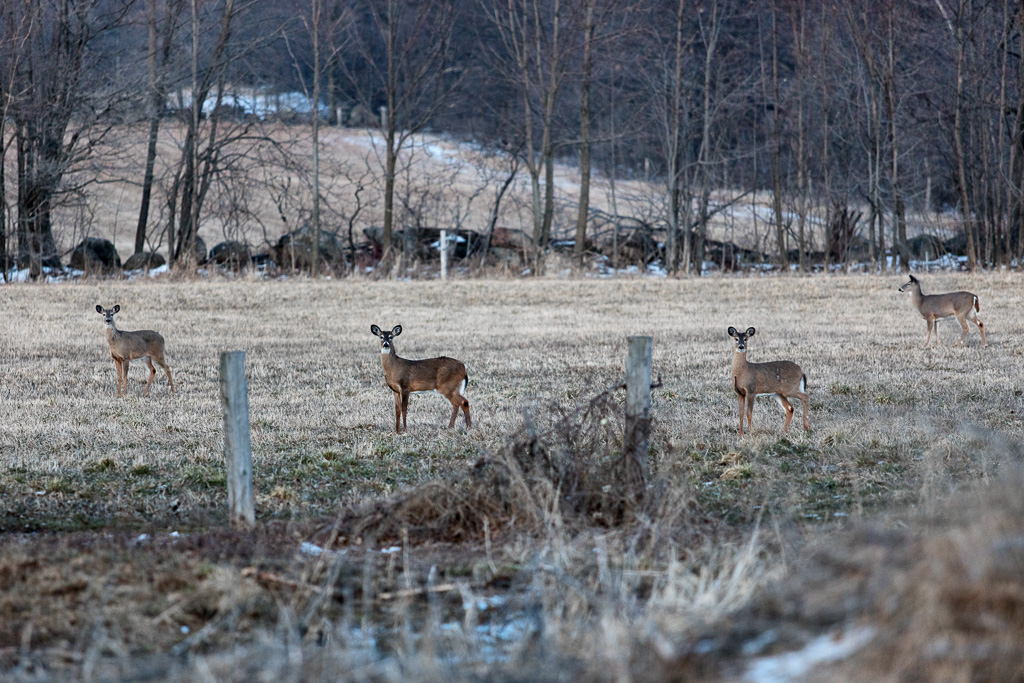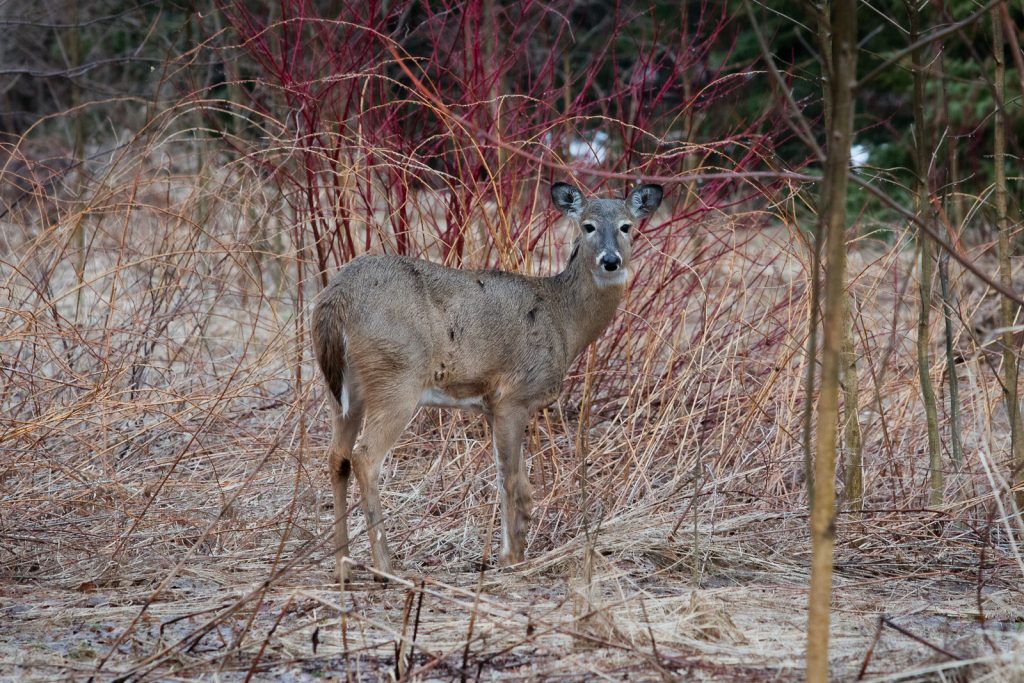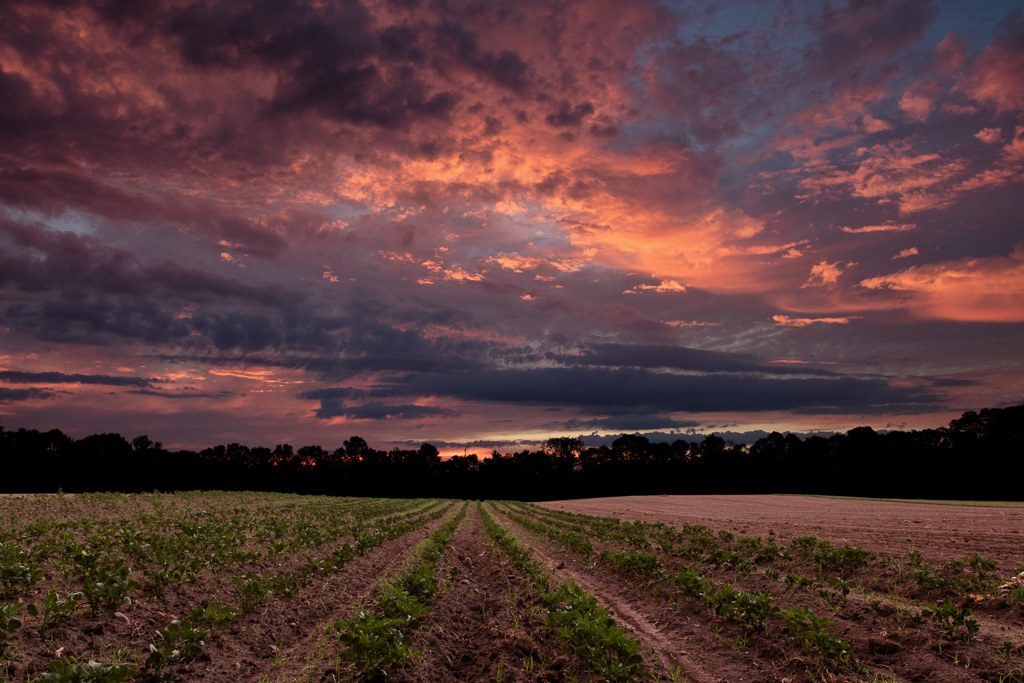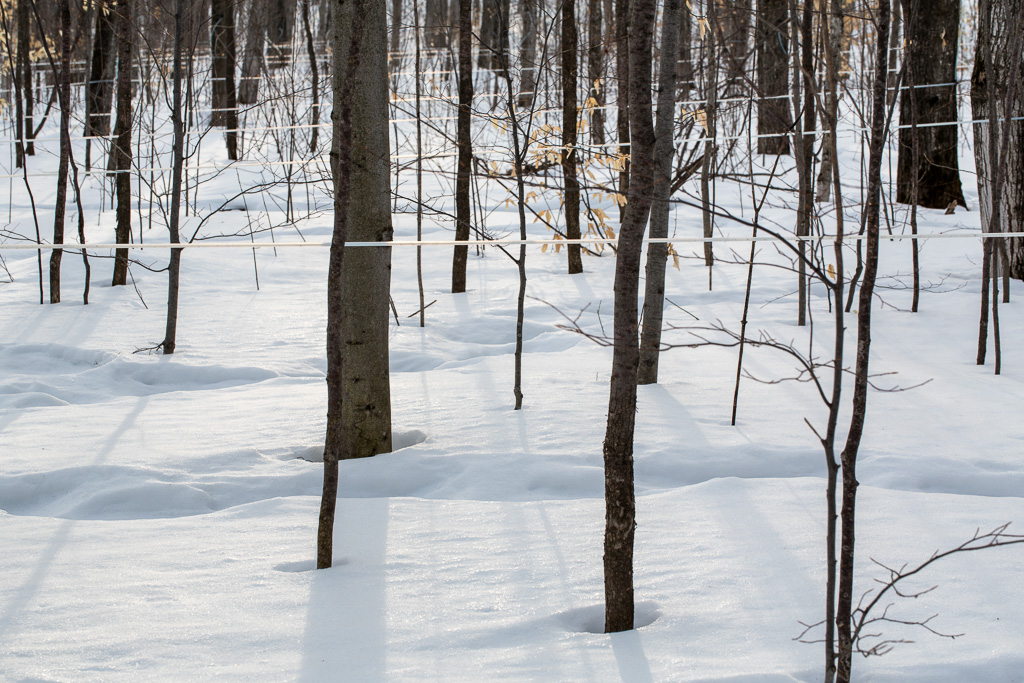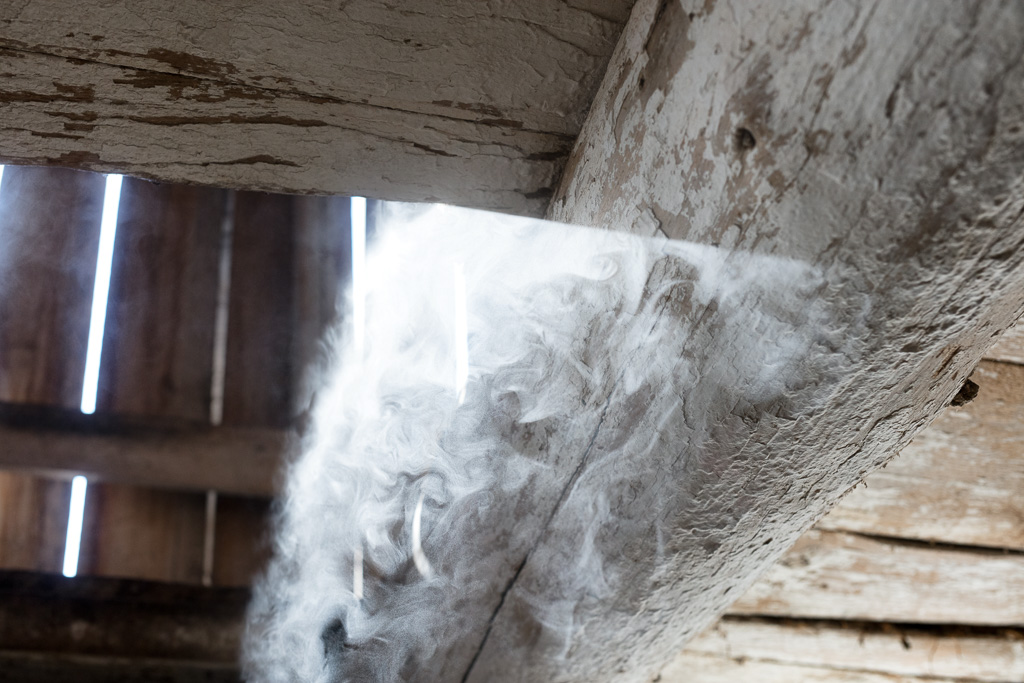So ends the month of March which began with a series of posts on maple syrup production and wound down with photographs from Williams Farm, the property featured in my maple syrup posts. My final image shows large coils of sap tubing waiting to be strung out in the sugar bush. Although the tubing is clearly identifiable as such, I like the way it assumes an abstract quality, especially the blurred stacks of tubing in the background.
When I make abstract looking images in camera (i.e. images that haven’t been manipulated using post-processing software like Lightroom or Photoshop or Nik Effects), one of the challenges lies in giving the images meaningful labels. Every photograph is a photograph of something; the easiest approach is to label a photograph by naming the thing that it is a photograph of. So, for example, this is a photograph of blue maple sap tubing. Only it isn’t. Not really.
When I stumbled upon these coils of tubing stacked in the barn, I didn’t say to myself: “I’d like to document coils of blue maple sap tubing.” I was emphatically not moved to make this image because I wanted to produce a photographic record of one inch plastic tubing. Instead, I was struck by the colour; I was struck by the way the morning light passed through cracks in the barn boards and settled on the tubing; I was struck by the curved lines moving from top to bottom; I was struck by the way the horizontal lines receded into darkness. All of this coalesced in a way that made me feel something.
If I had wanted to say what I felt, I might have written a poem. But there was something about this arrangement that was irreducible to words, and so I made an image instead. That makes a label problematic. Since the image is irreducible to words, a label is necessarily inadequate. It may even be a distraction. The best I can do is offer a few provisional words with the understanding that they have nothing to do with the image except to distinguish it from other images. It is what it is.




